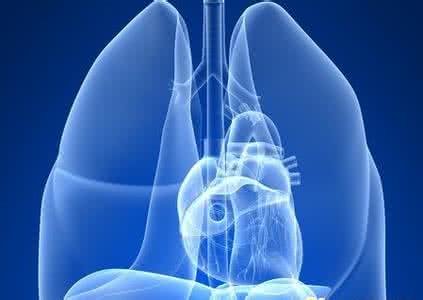How to distinguish the three categories of pneumothorax?
summary
Pneumothorax is a very common disease in life, which has a great impact on patients. It is due to various reasons that the volume of gas in the pleura accumulates, which promotes lung atrophy and causes a series of pathophysiological changes. In recent years, many teenagers who are studying suffer from this disease. Pneumothorax early may not have obvious specific symptoms, not easy to be found by patients, thus delaying the best opportunity for treatment. Some patients are misdiagnosed, leading to improper treatment, so learning how to identify pneumothorax is also very useful. Now I will share with you the identification method of pneumothorax.
How to distinguish the three categories of pneumothorax?
1. First: sudden chest pain, then chest tightness or dyspnea, and may have irritating dry cough. When the amount of gas is large, the affected side's chest is full, breathing movement is weakened, tactile speech tremor is weakened or disappeared, percussion drum sound and auscultation breathing sound are weakened or disappeared. These are the main symptoms of pneumothorax, and then need to be differentiated according to the symptoms of similar diseases.

2. Second, the difference from pulmonary bullae: the onset of pulmonary bullae is slow and the course of disease is long; Pneumothorax often has acute onset and short history. X-ray examination showed that the bullae were round or oval translucent areas, located in the lung field, and there were still small strip like texture in them; Pneumothorax is a strip shadow, located in the chest of lung field. The bullae around the lung are easy to be misdiagnosed as pneumothorax. The bullae line on the chest film is concave to the lateral chest wall; The convex surface of pneumothorax often faces the lateral chest wall, and chest CT is helpful in differential diagnosis. After a long period of observation, the size of bullae rarely changed, but the shape of pneumothorax gradually changed and finally disappeared.

3. Third: the difference from acute myocardial infarction: there are clinical manifestations similar to pneumothorax, such as acute chest pain, chest tightness, dyspnea, shock and other clinical manifestations, but patients often have a history of coronary heart disease, hypertension, heart sound nature and rhythm changes, no signs of pneumothorax, ECG or chest X-ray examination is helpful to identify.

matters needing attention
Through the above one by one exclusion, diagnosis of pneumothorax, and then according to the specific disease, under the guidance of the doctor for scientific and reasonable treatment. Can be conservative treatment, can also be exhaust treatment, patients in need can also be surgical treatment. Patients must not carry out strenuous exercise, such as running, playing ball and so on, which will induce pneumothorax in patients to a certain extent, and patients should not smoke at the same time.











